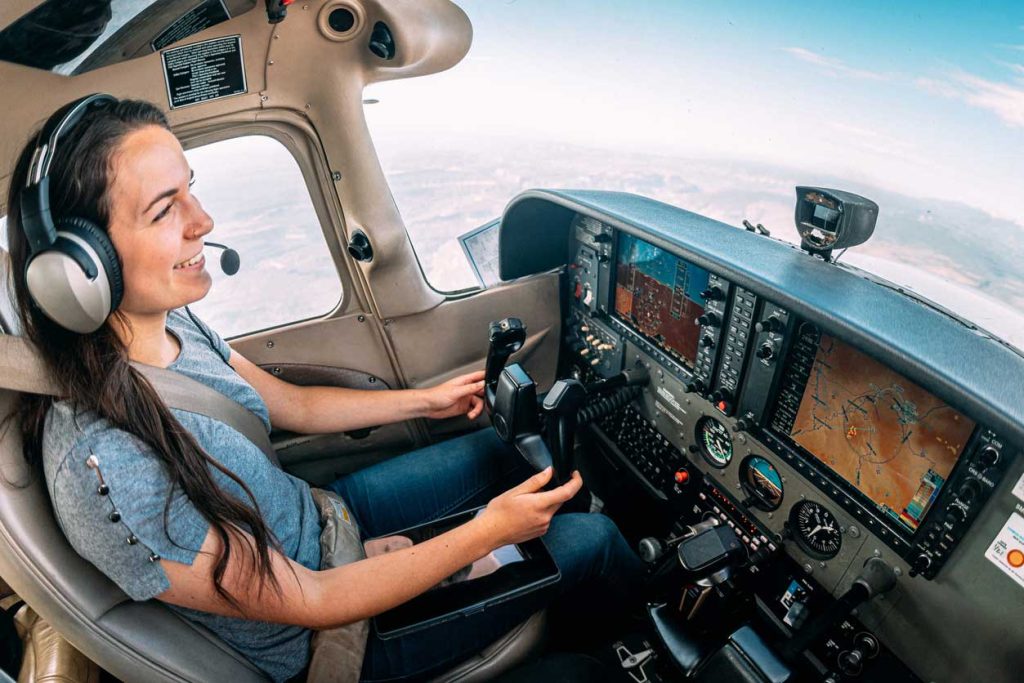Sport Pilot Training: Everything You Need to Know
John Peltier Want to fly around for simple travel and sightseeing but don’t have the resources to obtain a private pilot’s license? Or perhaps you can’t get the medical certificate for your private pilot but can still safely operate an aircraft. Go through sport pilot training instead! What Can You Do as a Sport Pilot […]
Different Pilot Licenses Explained: Sport, Recreational and Private Pilot

In the fixed wing airplane world, pilots often refer to their pilot’s license as a “certificate”. Essentially, both terms mean the same thing and are interchangeable (although, technically, they are slightly different). For the purposes of this article, we intend “certificate” and “license” to represent the same “pilot status”. According to AOPA, the most accurate description of […]
